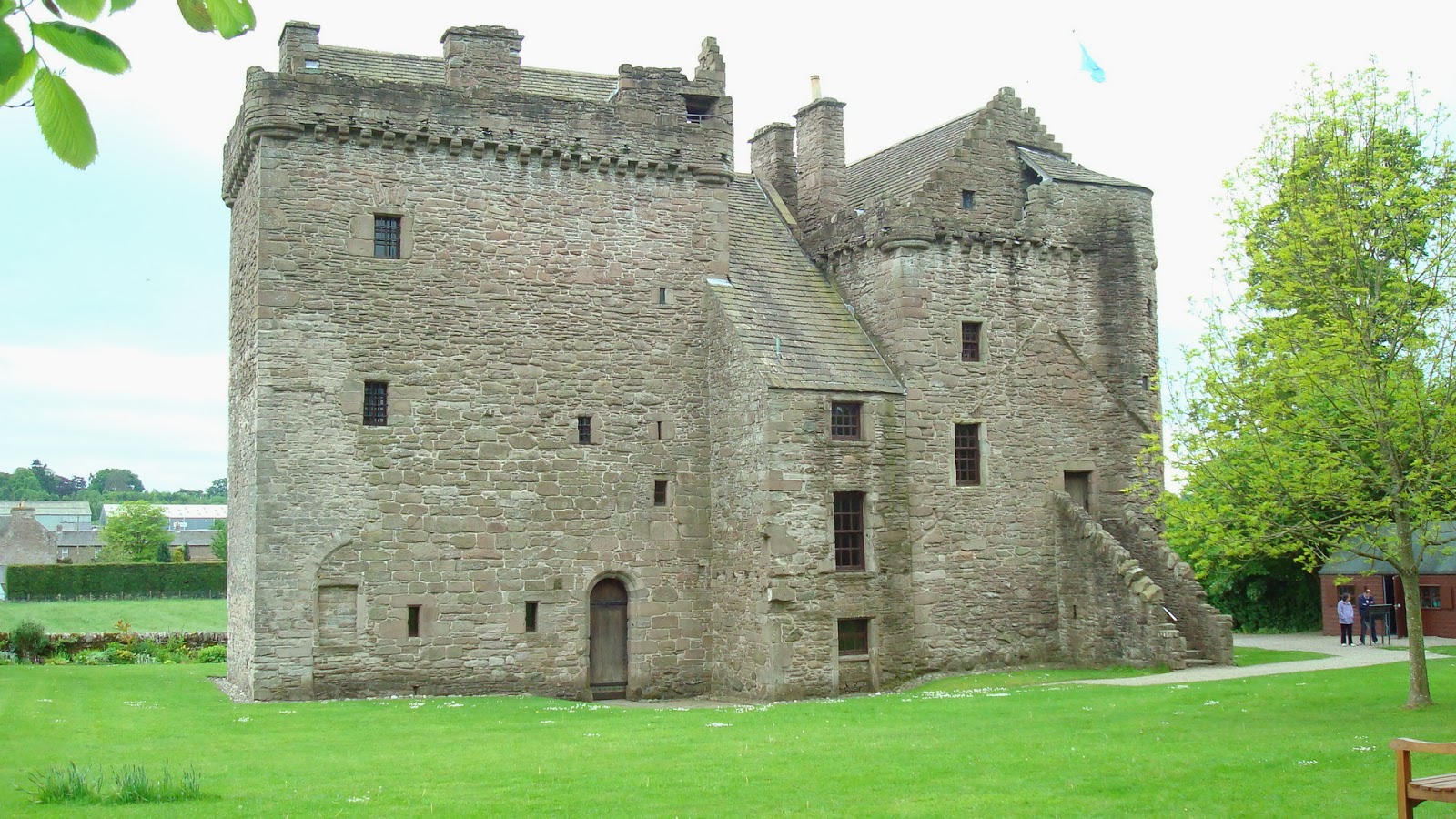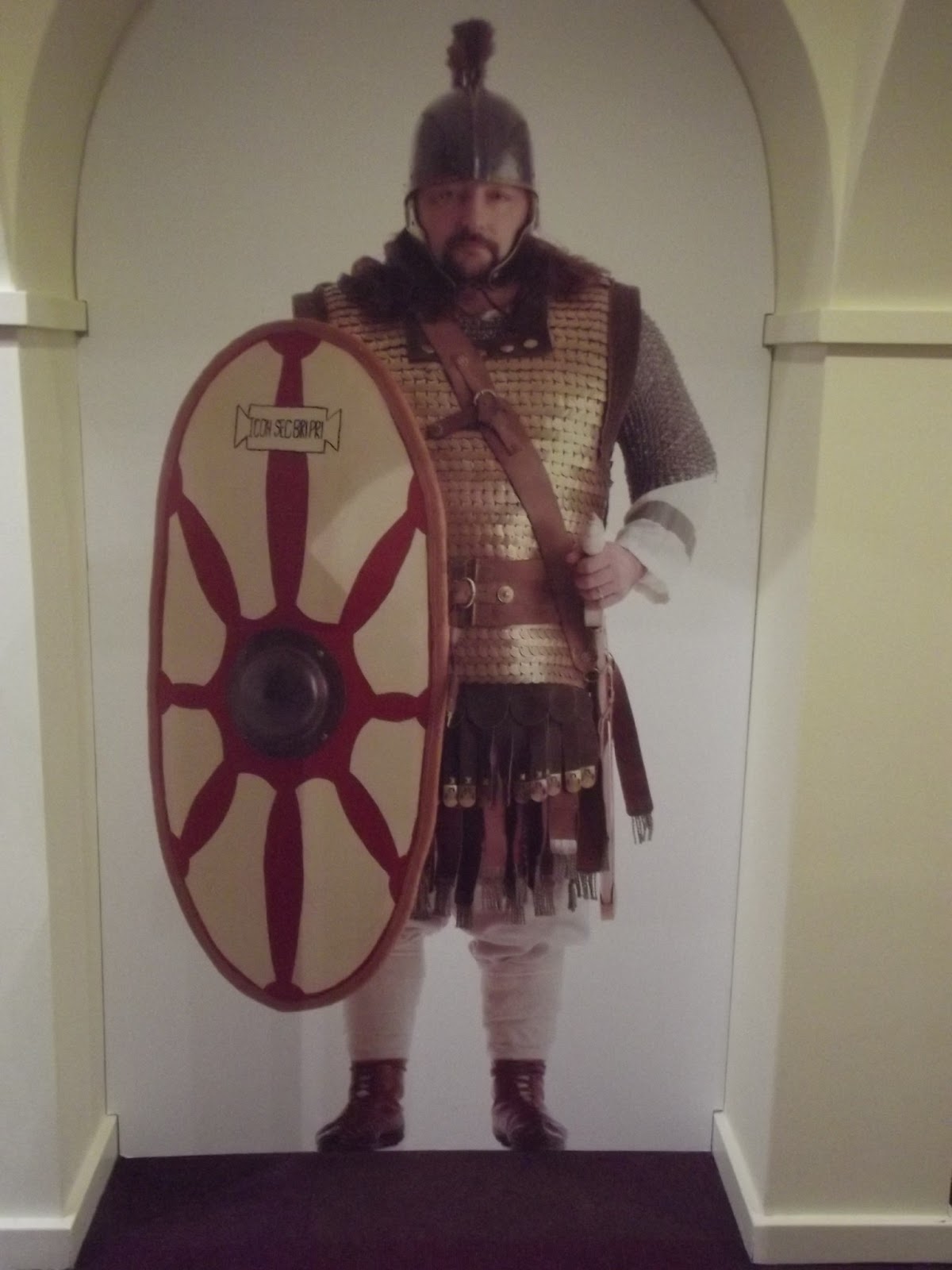The Rev McAllister And A Religious "Punch Up" In Crieff

Rev Finlay McAlliste r I have written on several occasions in these blogs about churches and in particular church buildings . Crieff has had over the last two centuries a host of large and small places of worship . Some like the old Relief Church hidden and inaccessible between Addison Terrace and High Street are sad remnants of different way of life . Of all the church buildings in Crieff , two I find unique and worthy of preservation .The Catholic Church in Ford Road is a wee gem having been built in 1871 to the design of Andrew Heaton Jr who believe it or not designed Keillour Castle near Methven some eight years later . My other favourite is the dominant sand stone edifice of the old Crieff Free Kirk and latterly designated the Crieff South and Monzievaird Church . Built in 1881- 82 to the design of JJ Stevenson and Robert Ew...





